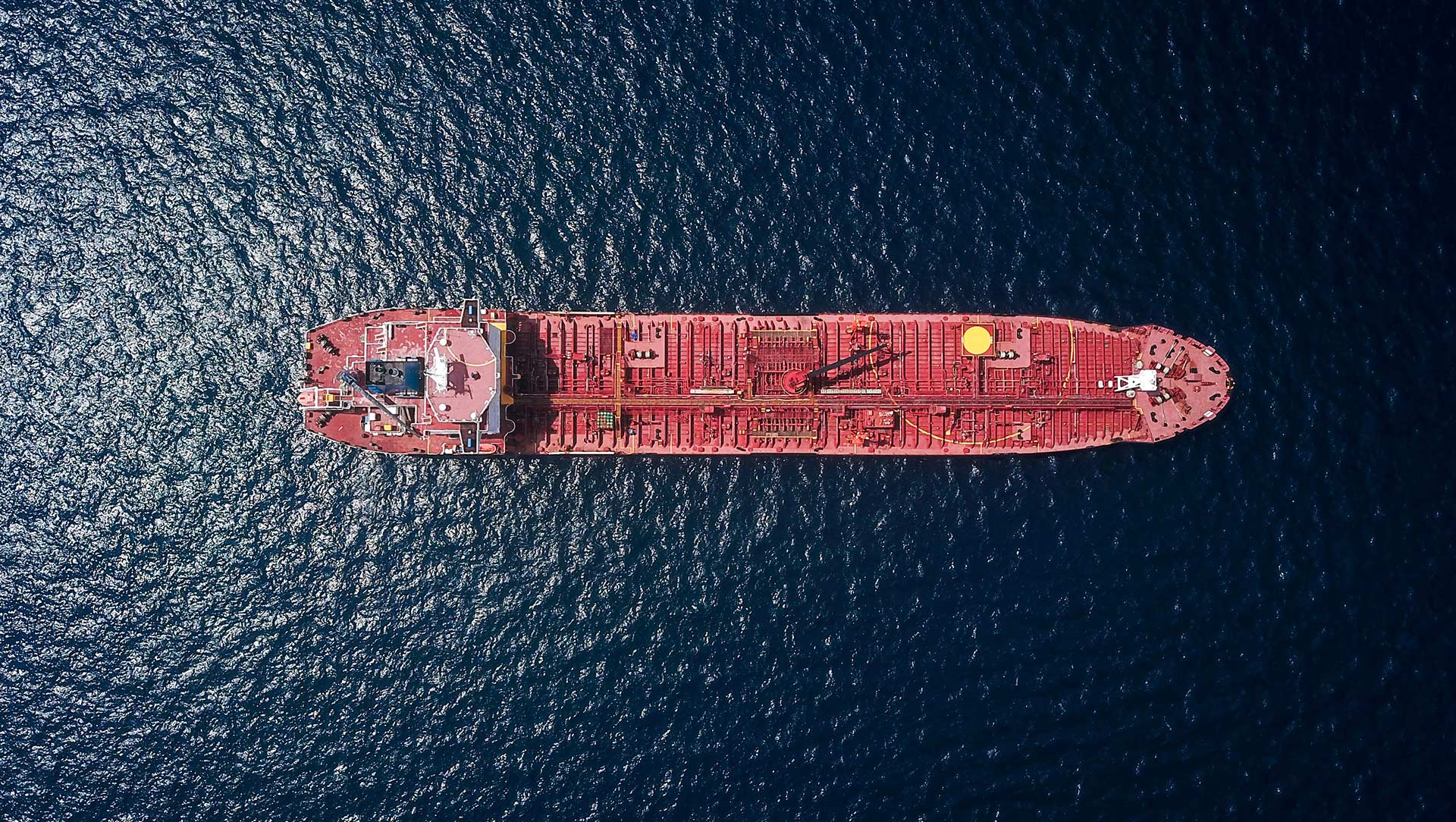A Different System-Ownership Model
Except in Defence, the lack of a System Architect across a whole vessel, and more importantly the lack of a System Authority throughout the integration of the typically complex control system components means that shipbuilders generally take little responsibility beyond initial build. Through life support, the ability to diagnose problems and introduce corrective measures without affecting other parts of the system, becomes a significant responsibility.
The industry is full of component suppliers and subsystem builders who offer sets of components that operate together to achieve some functionality. The ability to generate components that are able to be marketed independently (and potentially also inter-operate with competitor’ offerings) or as a cohesive set of supplied goods requires a sound architectural philosophy and strict adherence to standards.
Control Systems
In Marine, the ability to assemble mechanical components into system solutions is not just about mechanical interfacing but increasingly about Control System integration. The behaviour and characteristics of the system, and its optimisation to achieve a specific goal, is paramount.
Increasingly for new ship design there are significant operation points that require the power transmission to be electrical, rather than shaft, in search of the minimal economic and ecological cost of burning fossil fuels. The choreography for optimisation of these systems comes from the control system components.
Monitoring and Safety Systems
With such large vehicles, the sheer scale of sensory needs and actuator requirements, coupled with redundancy requirements for physical cabling, power alternatives or segregation requires highly systematic approaches.
The fact that many of these systems are alerting the user to potential safety issues means that significant intellectual effort is required in design (and implementation) to ensure that no single failure can compromise the ability of the system to perform its intended function.
Additionally, with such large-scale installations, the ability to accurately diagnose failure, and more importantly the cause of failure, down to an identifiable equipment or replacable unit, quickly and accurately, such that they can be repaired to restore full operational capability, is a significant through-life cost driver.
Engineering to Order
The business model of many suppliers to the Marine Industry is about quickly customising existing products to match the needs of their customers. Frequently the cycles from bid to supply may be measured in weeks rather than months. This requires a product strategy that is well-targetted to ensure product variation is possible to cover the intended market.
Commercial Marine is an incredibly diverse market place, from Offshore (mainly serving the Oil and Gas Industry) who tend to be the trend setters and technology drivers (especially when the oil prices are high!) to the luxury cruise liners, or the bulk carriers of merchant marine. The customer needs may have significant overlap in the system attributes, but the prioritisation of those attributes can be somewhat different. Building a subsystem or component product catalogue to serve all this diversity poses significant challenges.
Marine Economics
The sheer mass of the systems drives a significant part of marine system attributes during the 'working point' operation, but the off-working point compromises present challenges.
Increasingly electrical power systems allow improved flexibility, economy and safety... all choreographed through control software... across a large part of the operational envelope.
This requires many different subsystems, often from competing supply chains, to reliably interoperate. A significant System Integration challenge.
Updates
With many software system enabled subsystems or components, any component change (affecting form, fit or function) becomes a significant re-integration problem. Yet in some vessels the ability to accomodate change without a major refit is a significant expectation.
System architects would traditionally understand the effects of change and propagation of effects across interfaces and subsystems.
How do you fulfil this task with confidence in the absence of that integration authority?
